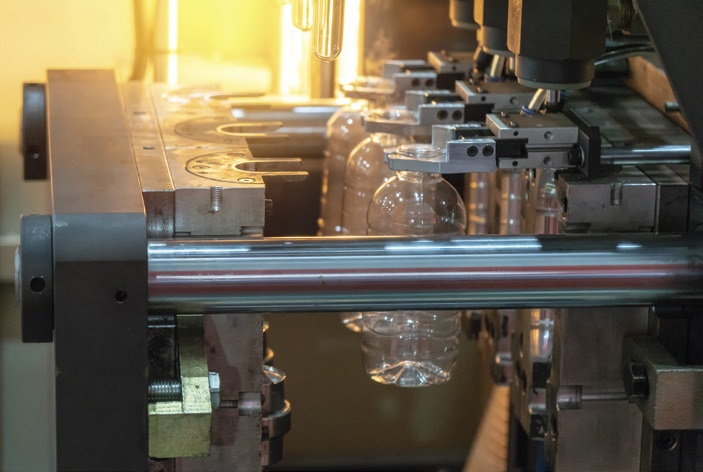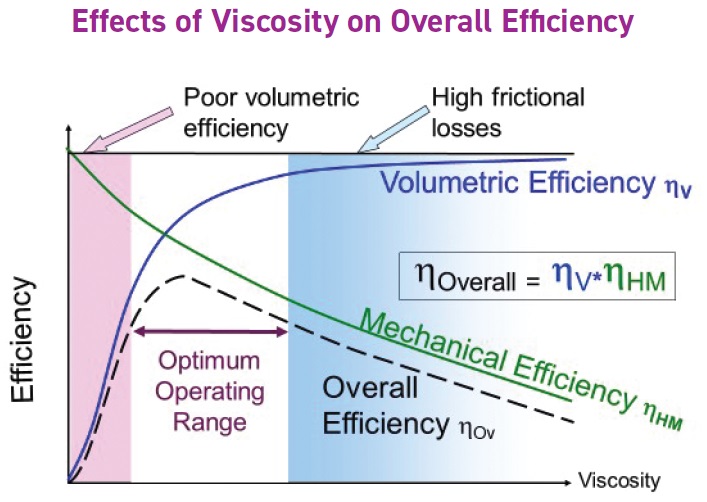Energy-efficient hydraulic fluids
Don Smolenski | TLT Machinery October 2019
These materials are finally coming into their own with impressive results.

© Can Stock Photo / phuchit
In previous TLT articles I discussed my experience with GM plants in building more rigor into the specification, purchase and maintenance of plant lubricants. Having worked previously on engine oils at GM, I was well versed in energy-efficient engine oils. But there appeared to be little or no development of energy-efficient plant lubricants (keep in mind that this was a few decades ago, when energy-efficiency claims in plants were often proven by using an ammeter in poorly controlled tests with carefully handpicked data to prove the benefit of snake oil additives).
In truth, I didn’t give energy efficiency much more thought at that time. We had a challenging enough job consolidating hydraulic fluids to a few good quality fluids, preventing comingling with other fluids, keeping the fluids as clean, dry and cool as reasonably practical and also trying (!) to prevent gross leakage from the machines. We also helped train plant people to assist in achieving these goals. Energy-efficient hydraulic fluids were the furthest thing from our minds. Fast forward, and the fluid situation in GM is under better control and, somewhat coincidentally, the industry is actively developing energy-efficient hydraulic fluids.
A little later, while I was employed by Evonik Oil Additives, we were actively researching energy-efficient fluids and reported fairly significant energy savings with high-viscosity index (VI) hydraulic fluids. So how do high-VI fluids provide efficiency improvements? As shown in Figure 1, overall hydraulic system efficiency is the product of pump volumetric efficiency and mechanical efficiency. Volumetric efficiency is dependent on internal pump leakage and generally is better with higher-viscosity fluids. Mechanical efficiency is dependent on frictional losses and favors lower-viscosity fluids. The overall result is a sweet spot in viscosity where overall efficiency is maximized. In a nutshell, VI improvers increase the size of the optimum operating range (I’ll ask you to trust me on this—the alternative being a somewhat mind-numbing explanation).
 Figure 1. Overall hydraulic system efficiency is the product of pump volumetric efficiency and mechanical efficiency. (Figure courtesy of Evonik Oil Additives.)
Figure 1. Overall hydraulic system efficiency is the product of pump volumetric efficiency and mechanical efficiency. (Figure courtesy of Evonik Oil Additives.)
The Dynavis™ website reports plant testing of energy-efficient hydraulic fluids. A conventional ISO 46 and tailor-made (HE32) hydraulic fluid were tested in two real-world cycles at three temperatures (30, 35 and 44 C) in Boy injection molding machines. The HE32 fluid effectively has the viscosity of an ISO 32 fluid at low temperatures but the viscosity of an ISO 46 fluid at higher temperatures, courtesy of the higher VI. Energy consumption was reduced by 7% to 10% with the HE32 fluid. At 8,000 operating hours, this amounted to an estimated annual savings of nearly $450 for a single machine.
Maybe even more compelling, this fluid (because of the increased VI), allowed for operation over a wider temperature range. In another test, in Engel injection molding equipment, six fluids were tested at 32 C, and the HE32 showed the best performance with more than a 6% energy savings improvement over the conventional ISO 46 fluid. These numbers are really impressive when you consider that some would kill for a 1%-2% fuel economy improvement in a vehicle! With this technology still being relatively new, there is likely a lot of low-hanging fruit yet to be harvested.
Don Smolenski is president of his own consultancy, Strategic Management of Oil, LLC, in St. Clair Shores, Mich. You can reach him at donald.smolenski@gmail.com.